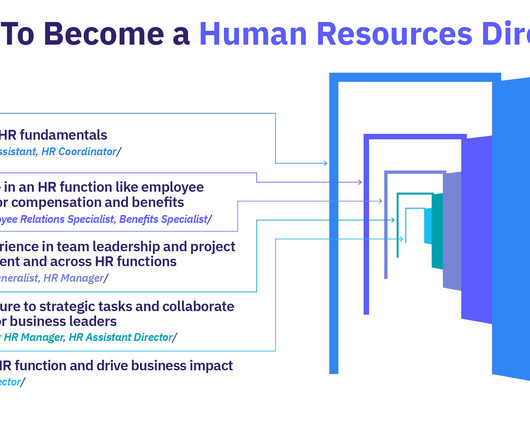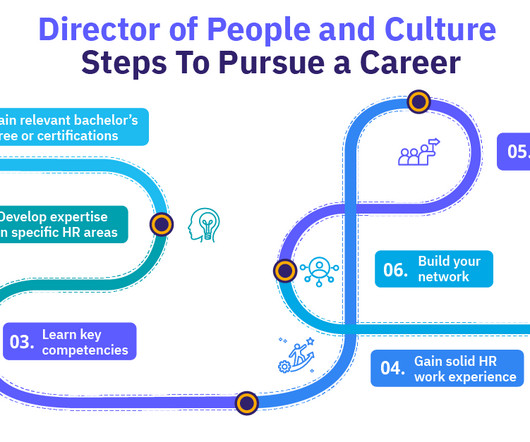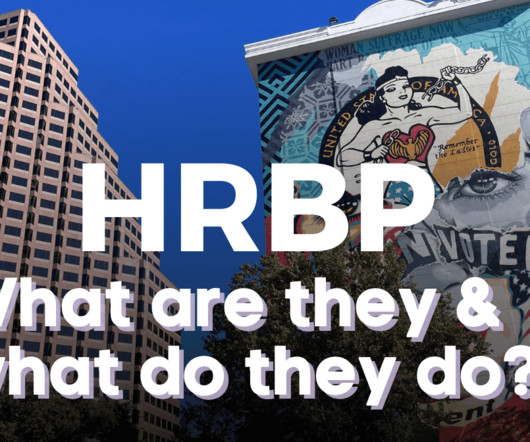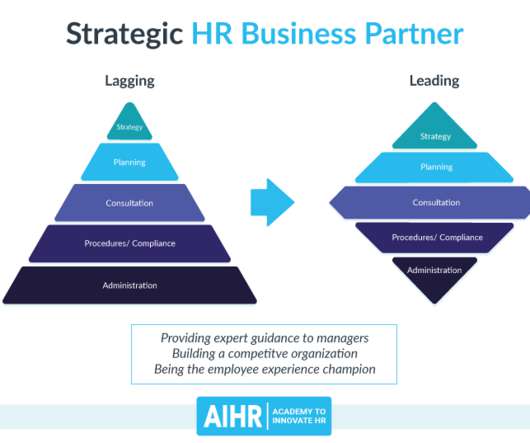Human Resources Director: Job Description, Skills & Salary
Analytics in HR
OCTOBER 10, 2023
According to Zippia , 57% of HR Directors are usually employed in large organizations (with over 10,000 employees). In smaller organizations, HR Directors usually report directly to the CEO, while in larger businesses, they might report to the VP of HR or CHRO. Employee engagement is vital for motivated and productive employees.



























Let's personalize your content